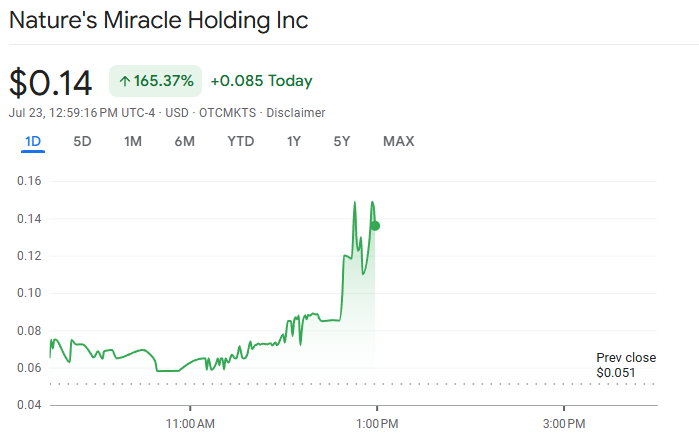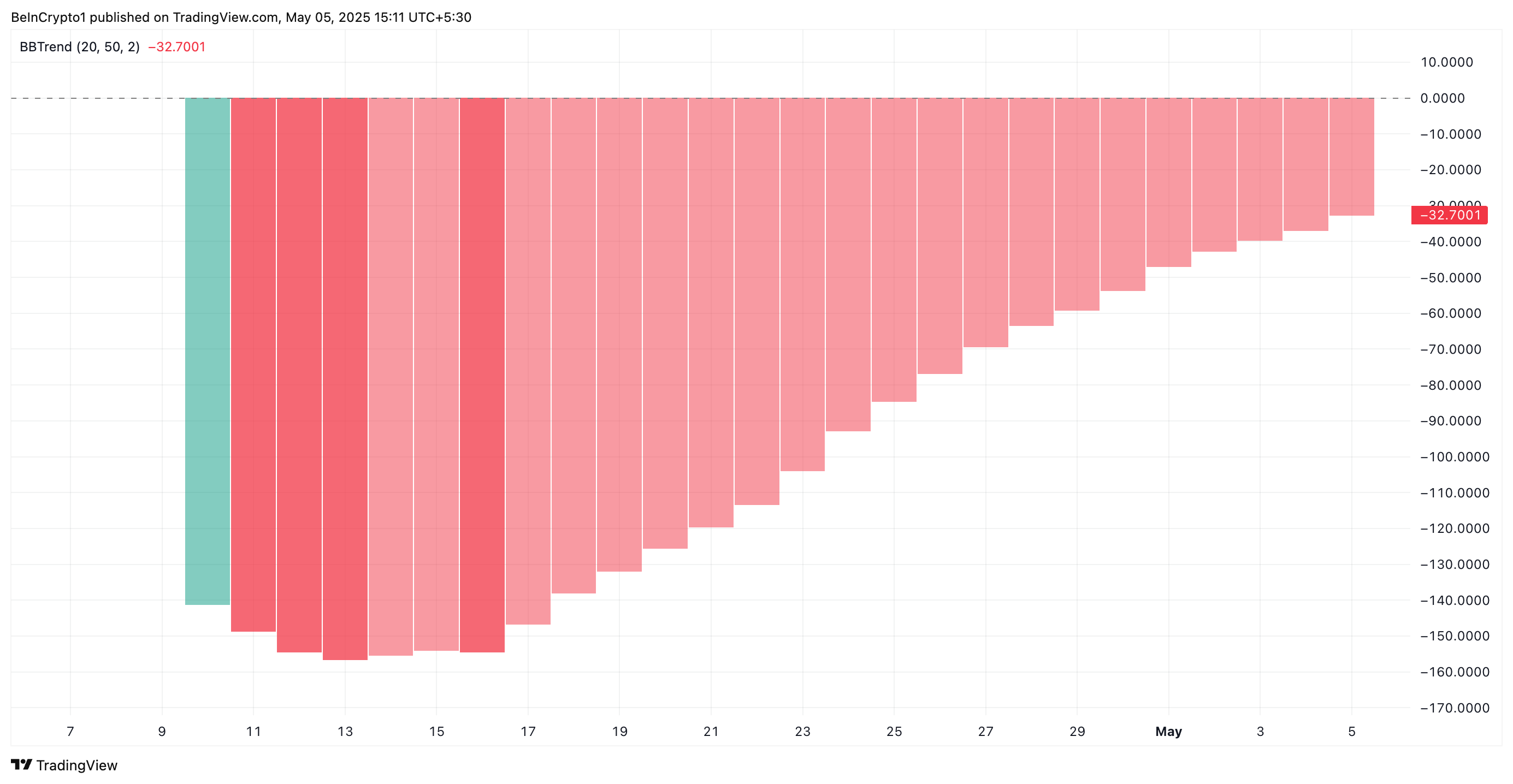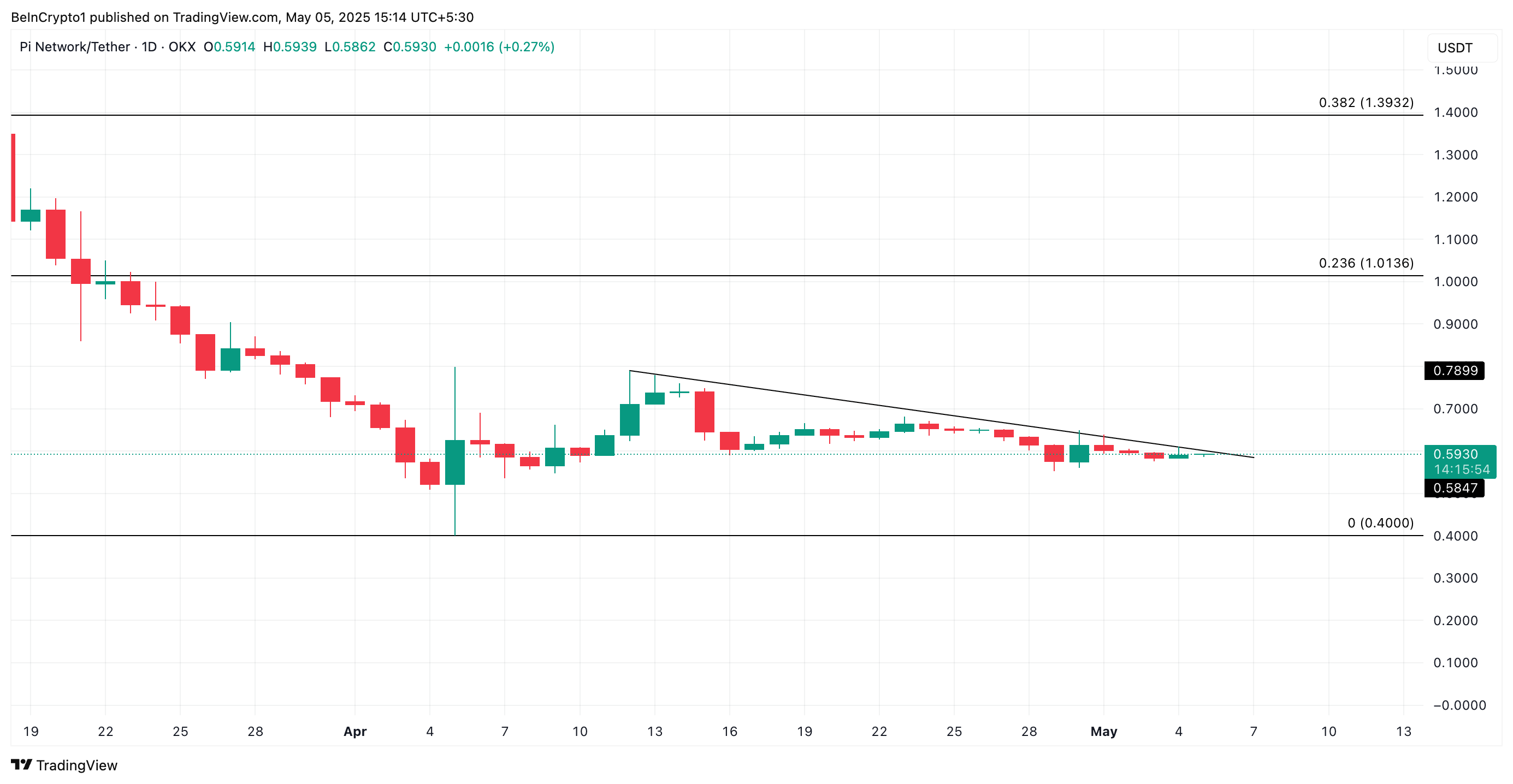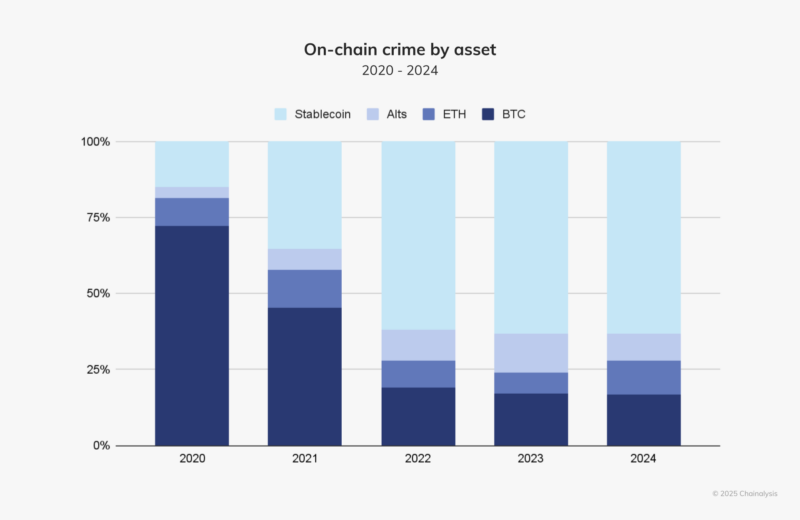Nature’s Miracle Holding Inc. (OTCQB: NMHI) surged more than 150% on Wednesday after revealing plans to allocate up to $20 million of its corporate treasury into XRP.
The California-based controlled environment agriculture (CEA) firm announced the move early July 23, triggering a sharp rally in its stock.
US Public Companies Start Buying XRP
Nature’s Miracle shares climbed from around $0.04 to over $0.14 at the time of reporting, marking its highest single-day percentage gain in 2025.
In its press release, the company said the XRP reserve will be funded through a registered equity financing agreement with GHS Investments.

The firm plans to hold XRP long-term while leveraging staking strategies to generate yield. CEO James Li cited favorable regulatory changes, including the GENIUS Act, as key to their decision.
The announcement positions Nature’s Miracle among the first publicly traded AgTech firms to adopt XRP in a strategic financial role.
Other publicly listed companies have taken similar steps this month. Nasdaq-listed VivoPower International allocated $121 million toward XRP integration.
Meanwhile, Wellgistics Health secured a $50 million line of credit for XRP-related treasury operations. Singapore’s Trident Digital also announced intentions to raise up to $500 million for a long-term XRP reserve.
“We see the huge potential of XRP as it improves the speed and reduce the cost of cross-border payments. Many established financial institutions, like Banco Santander and American Express, are already involved with XRP,” said James Li, CEO of Nature’s Miracle.
The growing wave of XRP treasury activity has coincided with heightened market volatility for the token. XRP recently reached an all-time high of $3.66 but fell back below $3.30 on Tuesday amid profit-taking.
On-chain data shows nearly $3 billion in XRP moved to exchanges in the past week, signaling possible short-term selling pressure.
Despite the dip, analysts remain optimistic. Technical patterns and institutional activity suggest the XRP rally may resume once the current consolidation stabilizes.
Overall, Nature’s Miracle’s XRP strategy signals a shift in how small- and mid-cap firms may approach treasury management, especially following the regulatory clarity brought by recent US crypto legislation.
As more companies begin adopting digital assets for operational and strategic purposes, XRP’s role as a corporate reserve asset appears to be gaining traction.
The post A California Firm’s Stock Soars 150% After Announcing XRP Treasury Plan appeared first on BeInCrypto.











